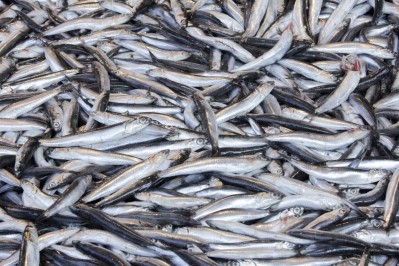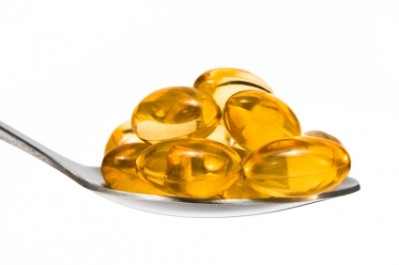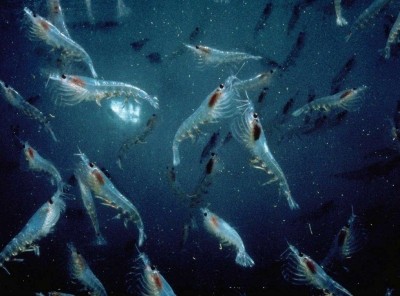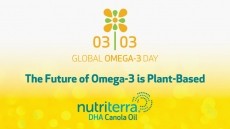There's room for growth in supply of omega-3 oils from US sources, GOED official says
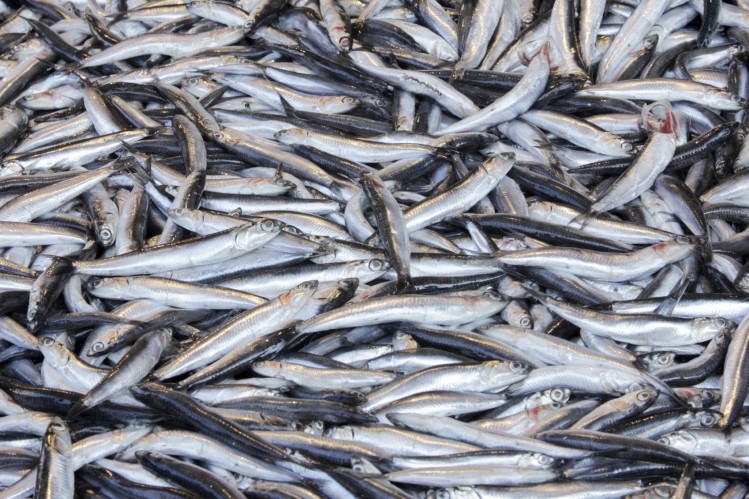
Bernasconi, who is the director of research and information for GOED (the Global Organization for EPA and DHA Omega-3s), took a look at the most recent US Fisheries Report from the National Atmospheric and Oceanographic Administration (NOAA). Bernasconi compared data from this most recent report, released last week, with earlier data and with data on world fisheries. The effect of the Peruvian closure won’t be fully known for a while, he said, and it must be looked at on a case-by-case basis, as each fishery has its own particular infrastructure characteristics. The situation is unprecedented, with the major source of raw material for the biggest category of dietary supplements being suddenly unavailable, so Bernasconi and other market analysts are still trying to sort out the effects.
“The Peruvain fishery is not producing. I do know some larger companies have enough inventory to carry them through, but some smaller companies are hurting,” Bernasconi said.
Peruvian fishery characteristics
First off, Bernasconi said that some of the particulars of the Peruvian fishery (which has two three-month fishing seasons per year) are hidden behind a veil of trade secrets. The oil derived from anchovies that goes to dietary supplements is divided between those that are minimally processed and sold into the supplement market and oils that are devoted to the making of higher concentrates. Bernasconi estimated about 42,000 metric tons annually go to the lower-end concentrations.
“Because there is a big diversity of products, and because the yield (how much oil is needed to make a kg of concentrate of each type) is considered a trade secret, it is impossible to know how much refined oil goes into raw materials for concentrates. Our best estimate is that it is around 30,000 metric tons,” Bernasconi said.
US opportunities in pollock, menhaden
The NOAA report put forth a generally stable and positive picture of the health of US fisheries. It spells some possible opportunities for US suppliers, Bernasconi said, especially for niche products. The report showed a record amount of wild salmon landings, stable pollock and tuna production (that mostly recorded in the US Pacific possessions) and slight decline in overall menhaden landings. In the cases of pollock and salmon, the question is one of infrastructure. Menhaden already has a well-developed infrastructure that is dominated by one long-term player, Omega Protein. In that fishery, the oil supply into the supplements is more a question of market considerations, Bernasconi said.
Pollock oil is the newest entrant into the marine omega-3s supply picture. The bottom fish are harvested in the Bering Sea and the oil that goes into supplements is a result of a collaboration between American Marine Ingredients, based in Seattle, and Ohio-based Organic Technologies. This fishery has perhaps the most potential among US sources to be a big player in the future of the omega-3s supply market, Bernasconi said. There is a lot of room from growth.
“We estimate that in 2013 pollock accounted for 1610 mT, which is rather small compared to anchovy. Pollock oil is used for dietary supplements only, either in refined or concentrated form. We estimate that volume grew about 11% from 2012 to 2013.
"The reason I believe that landings are of little relevance to the omega-3 market has to do with how little oil is being produced. If landings are 1.3 million mT, then, given that a pollock is about 11% liver, and that the liver is 25% oil, then the US captures enough pollock to make 36,000 mT but we only make 1610 mT. The limiting factor is not supply of fish, but has to do with infrastructure. So I would expect production to keep growing, particularly given concerns about the reliability of the Peruvian supply. But it will take a while,” he said.
There is room for growth in menhaden oil production, too, he said. The fishery showed a slight decline in landings in 2013, mostly because of a 20% quota reduction in the Atlantic portion of the fishery. Menhaden is a reduction fishery, with the entire output going toward fish oil and fish meal products for human and pet nutrition and aquaculture. Right now the oil output is skewed toward pet food and aquaculture, but that could change if the price of omega-3 raw materials shifts with scarcity, Bernasconi said. At the moment the fishery produces about 8,000 mT of oil for pet food and 500 mT for dietary supplements.
“Actually, the 8500 mT of menhaden corresponds to about 9.3% of all omega-3 oils, but if you focus on only the 500 mT for direct human use, then that represents less than 1% of the total. The total of menhaden oils for consumer products went up by about 2.4% from 2012 to 2013,” he said.
Salmon, tuna opportunities
Salmon oil is an interesting case, Bernasconi said. Salmon oil products are a niche portion of the market, with marketers often playing on the positive associations consumers have with a wild caught product from what is viewed as a pristine ecosystem. But trading on those positives, and trying to take advantage of an uptick in landings is complicated by the diffuse, small-scale nature of the fishery, he said.
“Salmon processing for human consumption leaves 27% byproduct, with about 6% oil - enough to extract 4,682 mT of crude oil. Current production is about 1500 mT, of which 750 mT go to dietary supplements and 375 mT to pet foods,” Bernasconi said. “Again, the challenge is in infrastructure. There are few players, and each of them needs to establish a supply line, basically negotiating with the fishing companies to get their by-product quickly enough. Organizing that is difficult,” he said.
Tuna is really a subset of the dietary supplement market, Bernasconi said. The flesh itself is so valuable that the oils tend to be something of an afterthought.
“This is part because tuna oil is, in its majority, used in the fishing vessel’s furnaces as a cheap form of biofuel, and in part to the fact that tuna oil is used in its majority for formula and DHA rich supplements (which are kind of specialized), so production is tied to slow changes in the demand rather than fluctuations in tuna landings,” Bernasconi said.

